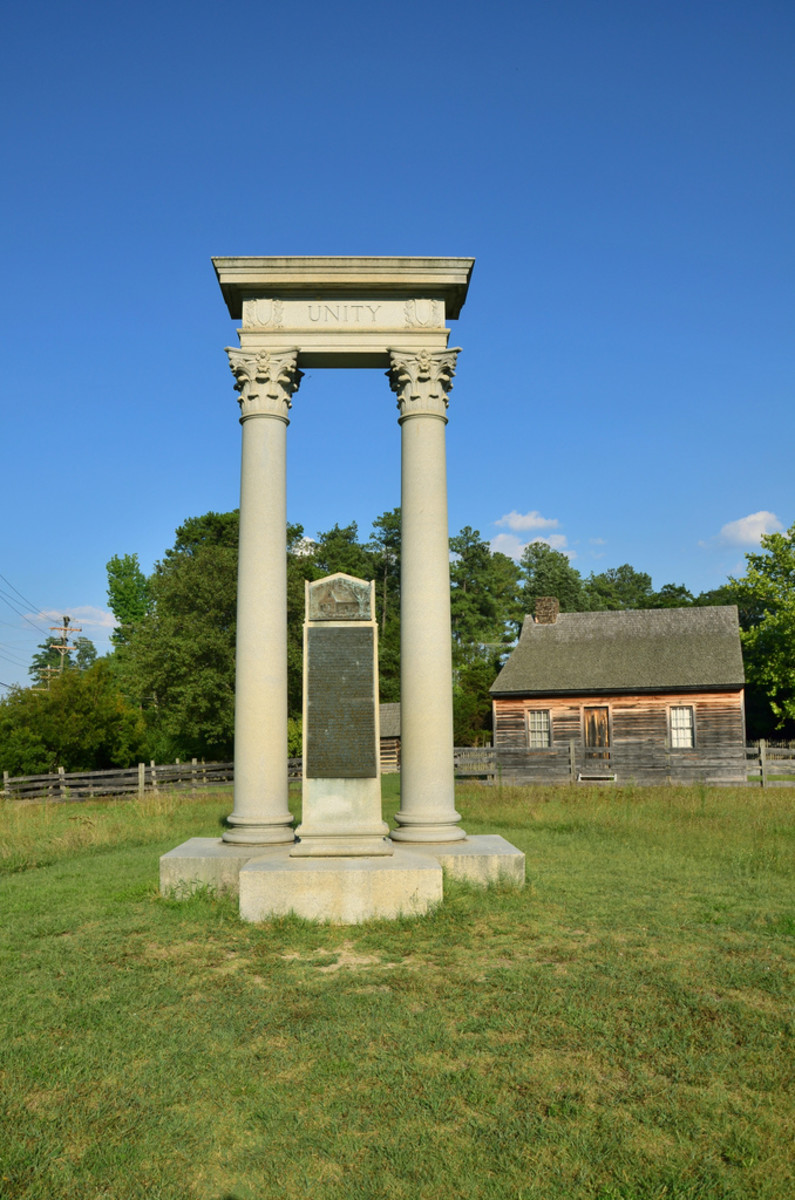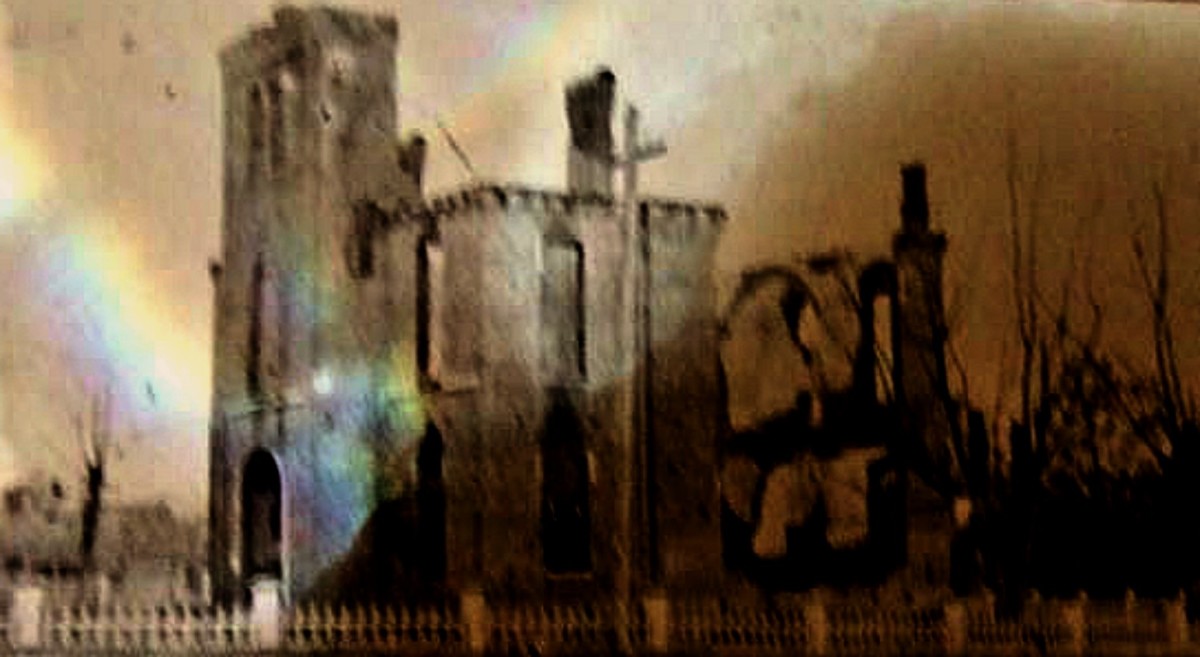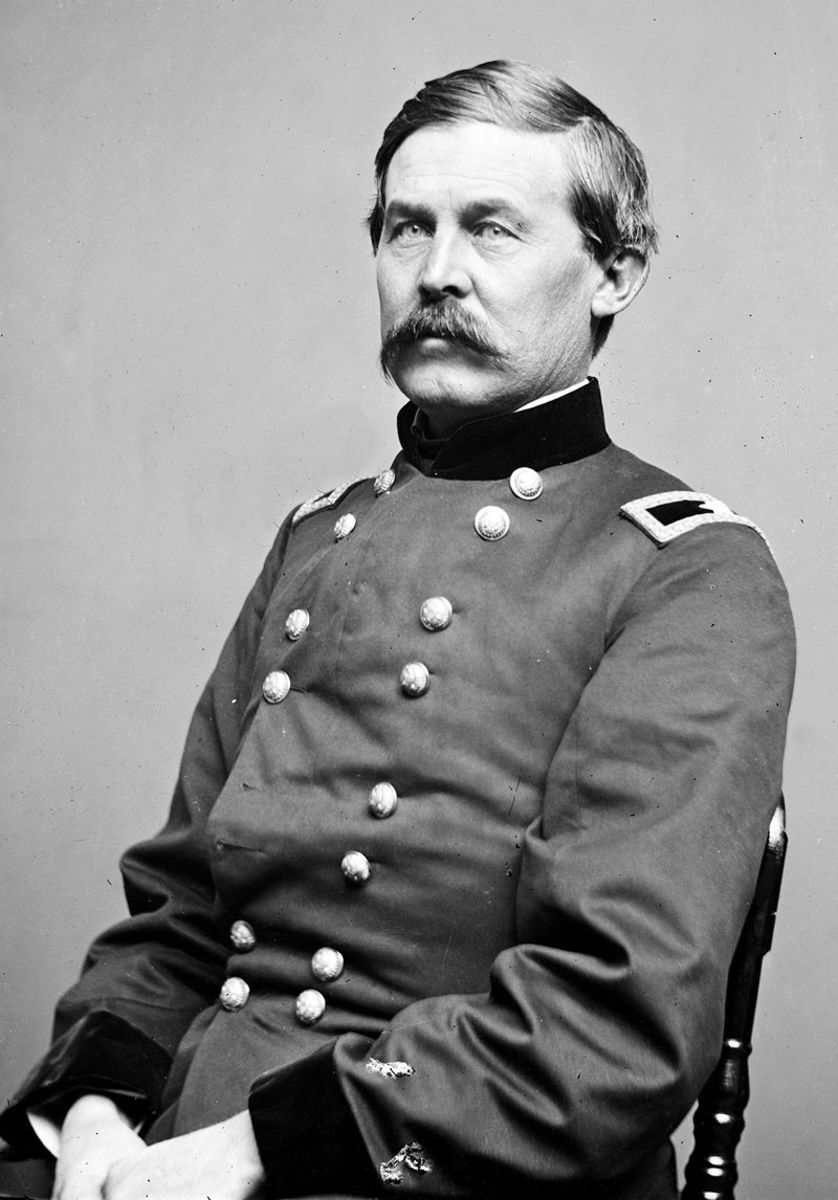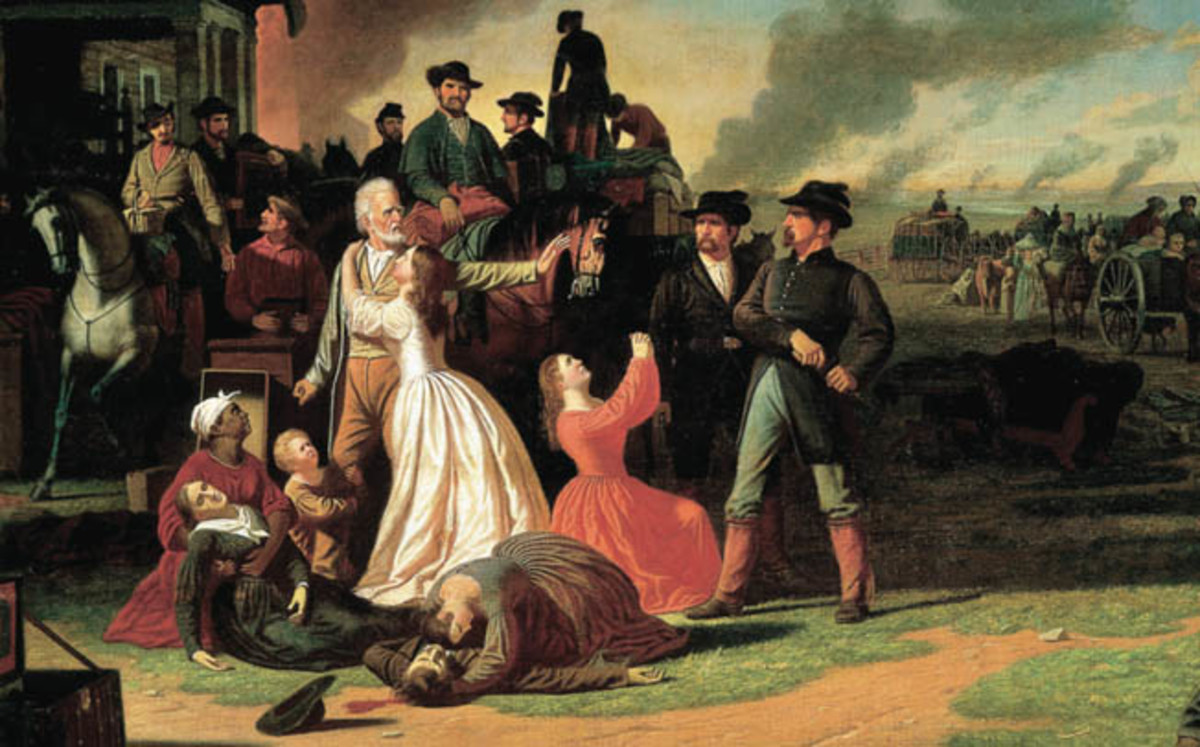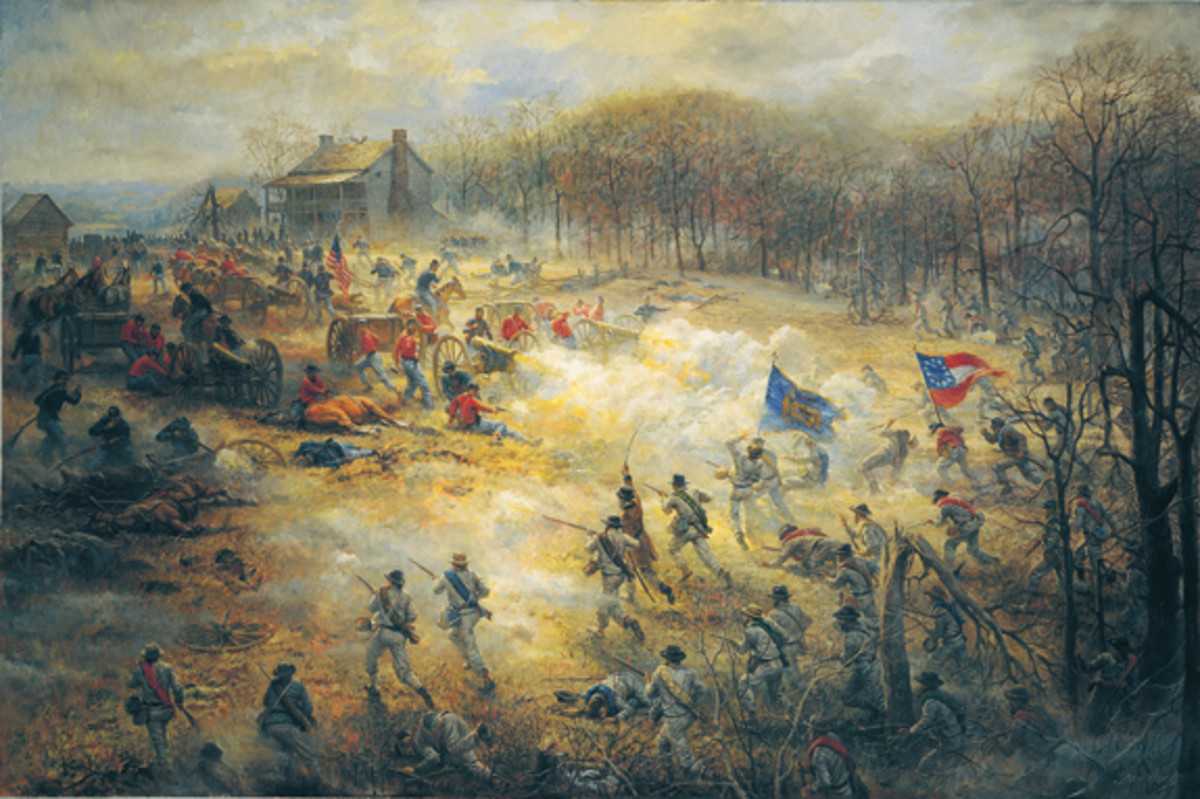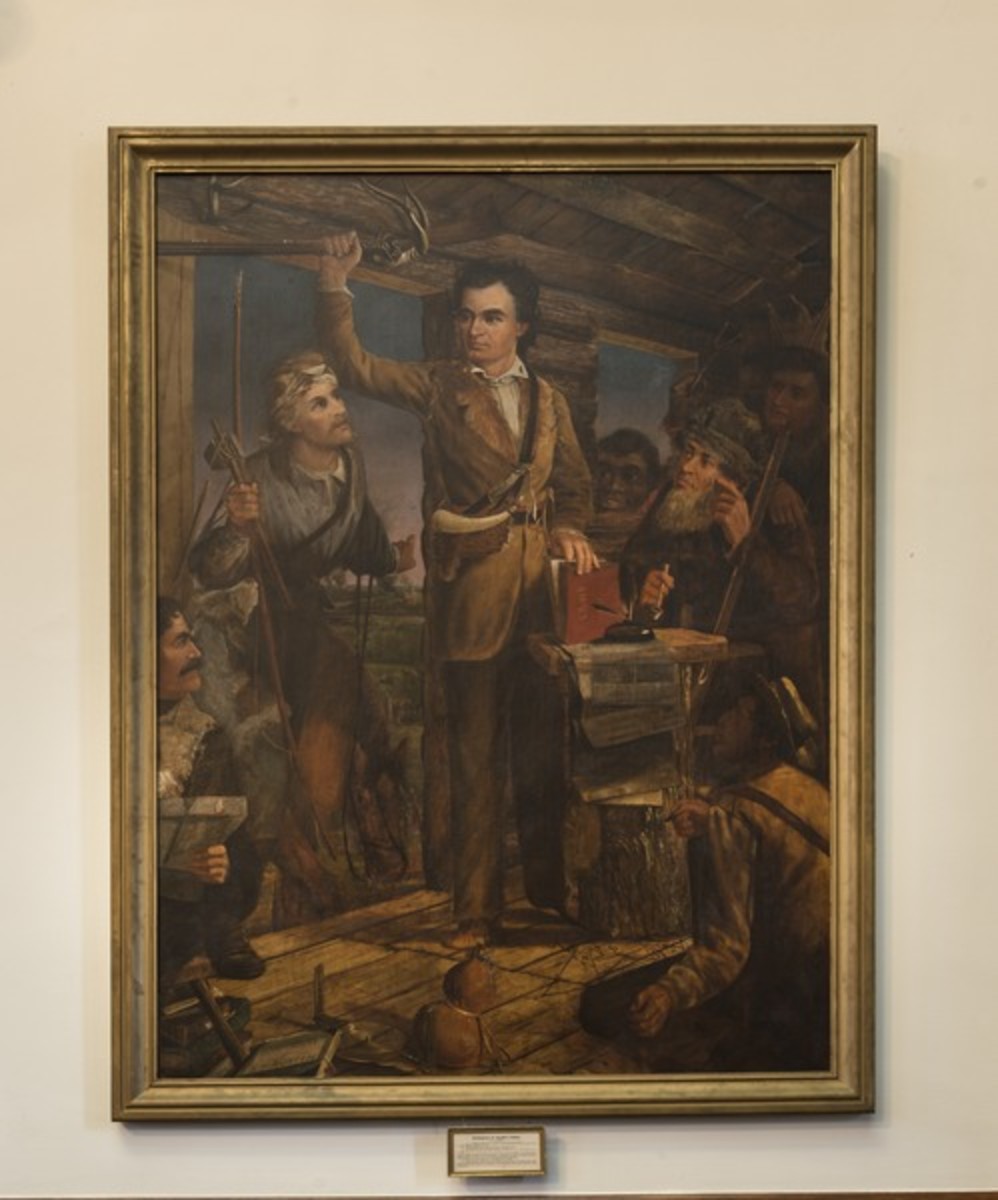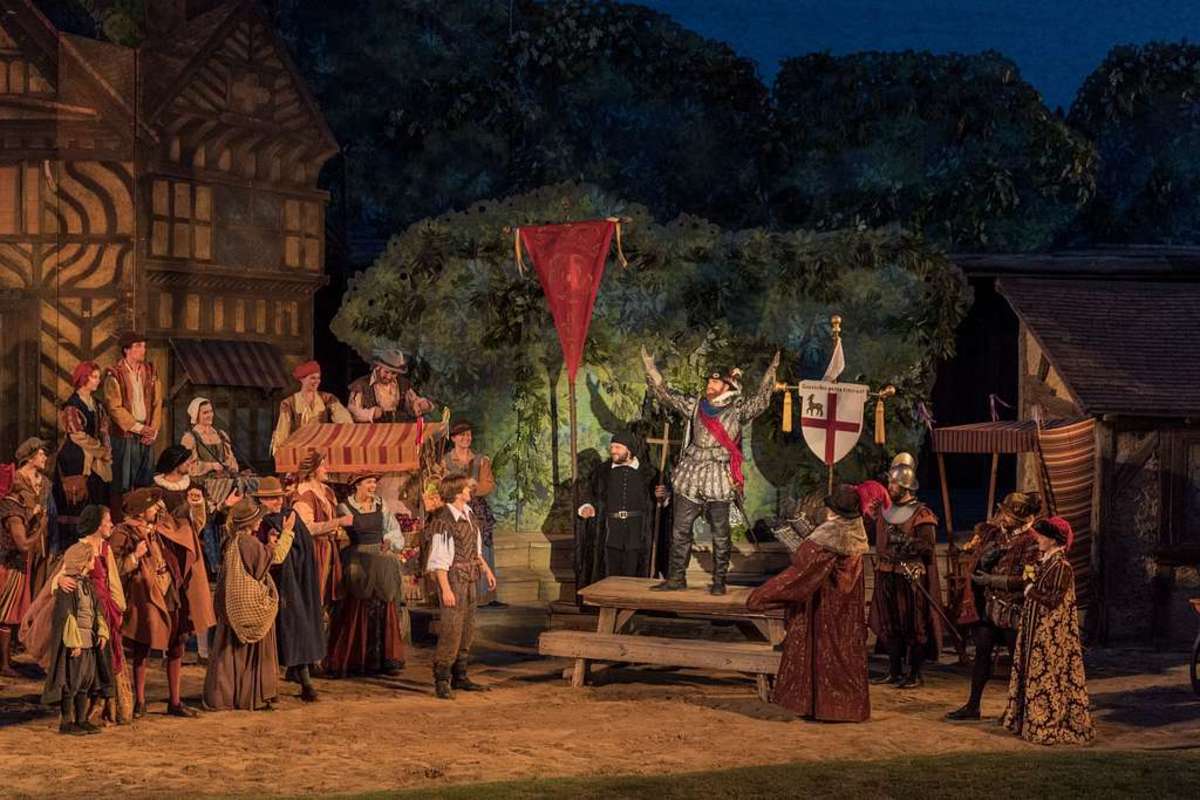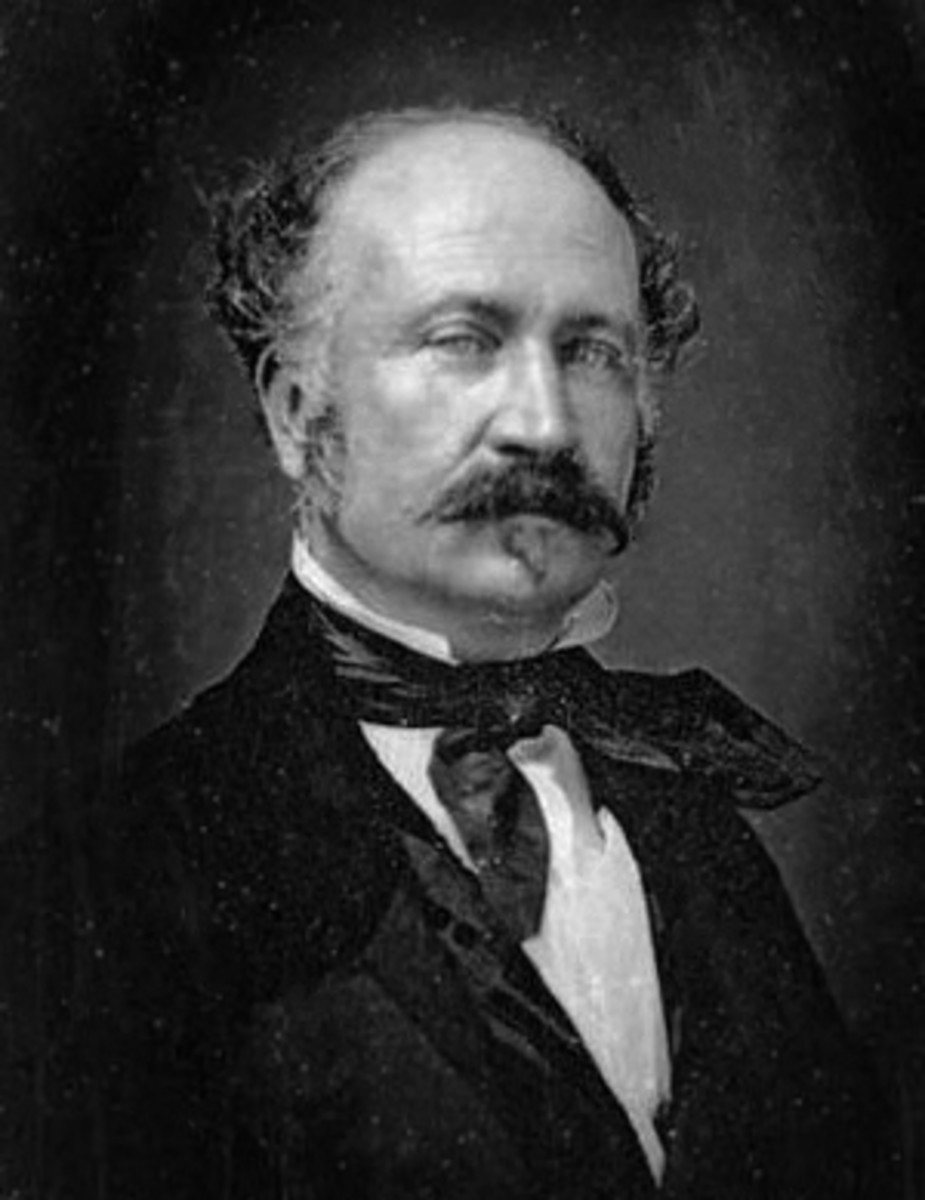- HubPages»
- Education and Science»
- History & Archaeology»
- History of the Americas
Bloodiest Day in Arkansas History


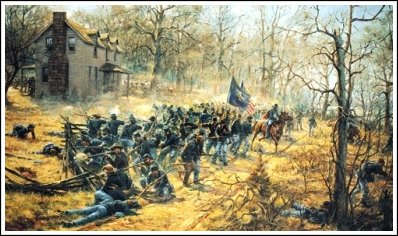
Battle of Prairie Grove
In the overall picture of the Civil War the Battle of Prairie Grove in Arkansas was but a small slice of a war that split a nation. But not to the two armies of almost equal strength facing each other for control of northwest Arkansas on that fateful day of December 7, 1862.
Although neither side had planned on staging a battle there Union and Confederate armies clashed along a low ridge on the northern edge of Arkansas' Boston Mountains.
Confederate Major General Thomas C. Hindman was initially trying to flank Brigadier General James G. Blunt's divisions at Cane Hill, but during the process he ran head on into Brigadier General Francis J. Herron's oncoming reinforcements.

James G. Blunt
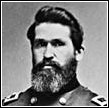
Thomas C. Hindman
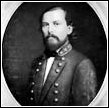
A Daring Ruse
Brigadier General James G. Blunt's Union command had remained in the Cane Hill area following a brief engagement there on November 28. This gave Hindman a daring idea to attack the Federal troops at Fort Smith some thirty miles away.
The Southern army had crossed the Arkansas River on December 3rd and marched north into the rugged and scenic Boston Mountains. However, Blunt learned of Hindman’s plans and requested reinforcements from Herron’s army camped near Springfield, Missouri, about 120 miles away. Herron immediately ordered a forced march hoping to join Blunt at Cane Hill before the Confederates could put their plan into action.

Prairie Grove Park
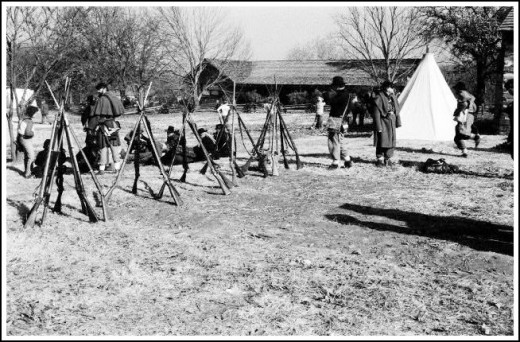
Union Forces Attacked
On December 6th, Hindman’s army arrived and setup camp near the home of John Morrow on Cove Creek Road. About the same time the Union Army arrived at Fayetteville. Hindman’s southern forces decided to march north past Blunt and attack the Union reinforcements somewhere between Fayetteville and Cane Hill. It would be at Prairie Grove.
The battle began at dawn with the Union cavalry being vanquished by Confederate Cavalry a mile south of the Prairie Grove Church. Union troops, in a panic, withdrew toward Fayetteville with the Confederates hot on their heels. However, the blue coats stopped their flight when General Herron shot a deserting soldier from his horse. Following a brief skirmish Herron’s main army fell back to the top of the Prairie Grove ridge, where the Confederate artillery and infantry were already in position.

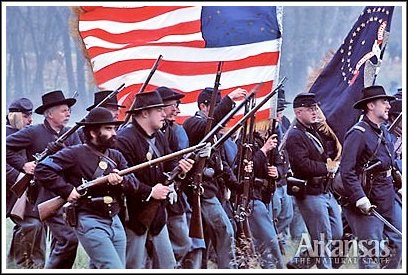
Superior Union Cannon
Herron’s troops crossed the Illinois River under a blistering artillery onslaught and after positioning his cannon, exchanged fire with the Confederates. The superior range and number of Union cannon put the Southern guns out of business after pounding the Southern position for about two hours. This allowed Union infantry to attack the ridge.
By this time the 20th Wisconsin and 19th Iowa Infantry regiments were crossing open corn and wheat fields and rapidly gaining ground up the slope. The Confederate cannon of Captain William Blocher’s Arkansas Battery near the home of Archibald Borden were subsequently captured. The Union soldiers, thinking they would soon be victorious, continued their advance until suddenly the woods around them exploded with cannon and peppering small-arms fire. The Confederates had surrounded them on three sides and rapidly forced them to flee back into the valley.
A Southern counterattack following the Yanks back down the slope, was met with a wall of case shot (small lead balls inside exploding projectiles.) Herron’s artillery also used canister shot (tin cylinders filled with iron balls packed in sawdust.) The canister shot turned their cannon into giant shotgun blasts, which left gaping holes in the Confederate ranks, forcing them to retreat into the wooded ridge.
After noticing Confederate troops moving in on his flank, Herron decided to attack again. The 37th Illinois and 26th Indiana Infantry regiments surged up the hill into the Borden apple orchard led by Lieutenant Colonel John Charles Black of the 37th Illinois. Black’s right arm was in a sling because of a wound he had sustained at the Battle of Pea Ridge 9 months earlier.
The Federal forces, being seriously outnumbered, fell back to a fence line in the valley. There, they successfully halted another Confederate counterattack using Colt revolving rifles carried by the men of Companies A and K. During the standoff Black sustained a serious wound to his left arm but remained in command until his troops were out of danger. Black received the Congressional Medal of Honor for his heroism…the only one awarded in this conflict.
Herron’s command, having only two infantry regiments left, was in eminent peril of being overrun from his right flank as Confederate troops prepared to attack the 20th Iowa Infantry. However, before the attack could begin, two cannon shots rang out from the northwest, signaling the arrival of Blunt’s command. Blunt quickly deployed his forces and attacked the Confederate left flank.
Blunt’s division had been at Cane Hill the morning of December 7th expecting to be attacked. Hindman left Colonel James Monroe’s Arkansas cavalry on Reed’s Mountain to engage Blunt’s Federal troops while the rest of his forces marched past the Union position. The ruse worked, as Blunt’s command remained at Cane Hill until the roar of battle at Prairie Grove was heard. Marching to the battlefield, the Union soldiers arrived in time to save Herron’s divisions.
The Confederates responded by skirmishing in the woods with the Federal troops until Blunt fell back to his cannon line in the valley. Brigadier General Mosby M. Parsons, commanding the Confederate Missouri Infantry brigade, seized the opportunity to launch an attack across the William Morton hayfield. However, the attack failed as a devastating volley from all forty-four Union cannon tore into the Confederate ranks. As darkness descended upon the smoke and blood covered battlefield the southerners crept back to the safety of the wooded ridge.
Nightfall had put an end to the bloodiest day in Arkansas history. But neither side had gained an advantage, although it was called a strategic victory for the north. Both sides called for a truce to care for their wounded comrades and gather the dead.
During the night, the Confederates wrapped blankets around the wheels of their cannon and quietly withdrew from the ridge. The southern forces knew, because of a lack of ammunition and food, they could not survive another such battle. Hindman’s men were exhausted and on the verge of starvation. Federal troops slept on the battlefield with few tents or blankets and without campfires with near freezing temperatures. Hindman’s army was crossing back over the Boston Mountains before the Federals knew the battle was over.

The Bloodiest Battle
The Battle of Prairie Grove was one of the bloodiest ever fought west of the Mississippi. With the nearby Battle of Pea RIdge earlier, it decided Northwest Arkansas’s fate for the rest of the war. Hindman withdrew his army across the Arkansas River to Fort Smith while Blunt and Herron went on to consolidate their strategic victory by capturing Van Buren in December.
The two armies had determinedly faced each other on lines stretching for miles along the curving ridge. The Confederates maintained their position at the top, while the Federals lined up at the bottom.
General Hindman described the fierce battle: “There was no place of shelter upon any portion of the field. Wounds were given and deaths inflicted by the enemy's artillery in the ranks of the reserves as well as in the front rank. During five hours, shell, solid shot, grape and canister, and storms of bullets swept the entire ground. Many gallant officers, and many soldiers equally brave fell dead or wounded, but their comrades stood as firm as iron. Volunteers maintained their reputation. Conscripts rose at once to the same standard, and splendidly refuted the slanders put upon them by the class of exempts.”
Prairie Grove Battlefield State Park preserves the site in northwest Arkansas. Established in 1908, it became a state park to inform the public about the battle and its place in Civil War history as well as how the war changed lives in the Arkansas Ozarks.
The park offers guided tours of the battlefield, interpretive exhibits in Hindman Hall, a walking trail, and a six-mile driving tour. There is a nominal fee to see the museum and take a guided tour of the historic pioneer village.
Special events at the park include a December reenactment of the battle and a yearly Memorial Day tribute over Labor Day weekend.
For additional information:Arkansas State Parks. http://www.arkansasstateparks.com



